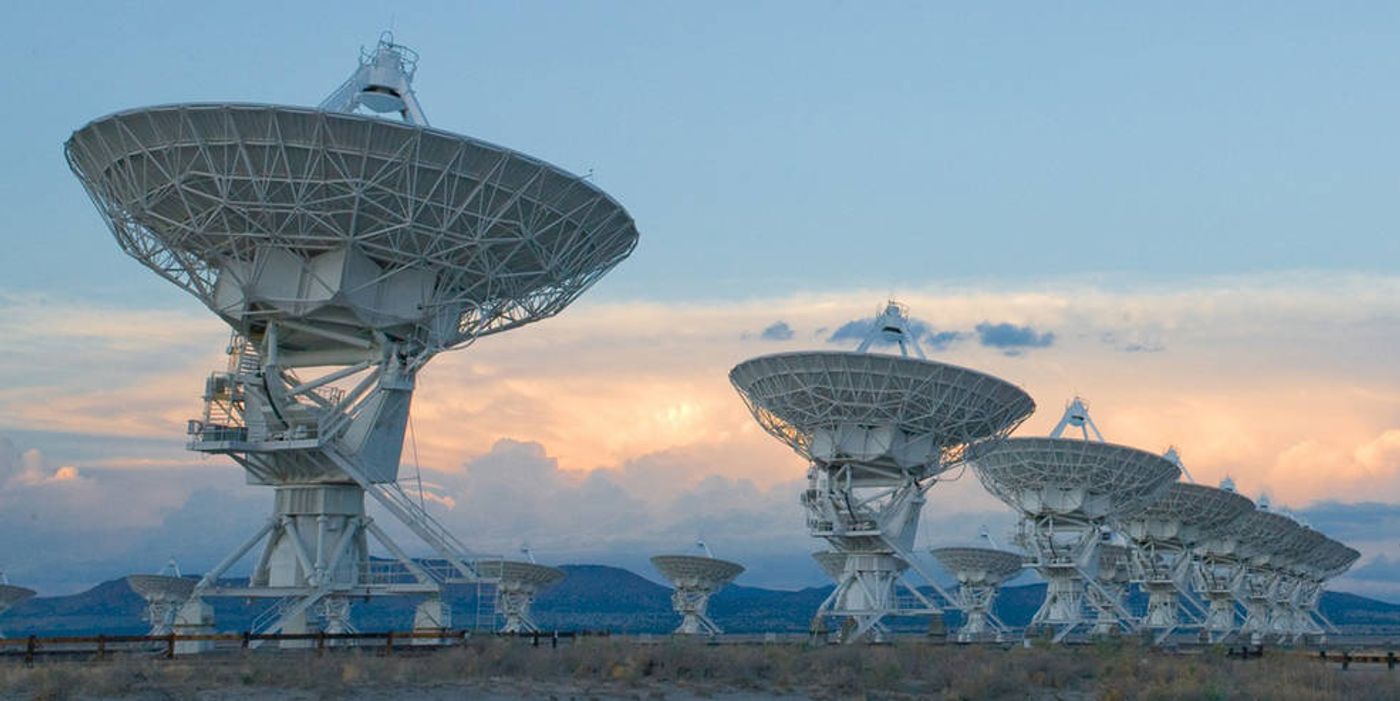Machine Learning Used to Re-Examine Old Signals from Outer Space
Credit: National Radio Astronomy Observatory
Astronomy can be both a fun and frustrating experience, but with the right equipment it can also be a very rewarding experience. The technological advancements in studying cosmos have grown exponentially over the last few decades and it’s only going to advance even further.
One such method is with artificial intelligence (AI), which is becoming increasingly necessary tool for studying the universe. This is because AI can generate massive amounts of data that classical computers just can’t carry out.
Continuing to combine astronomy and AI is what an international team of researchers led by the University of Toronto hope to do, as they have utilized a deep learning algorithm to examine previously studied signal data from nearby stars using older computational methods and revealed eight previously unidentified signals of interest. This study holds the incredible potential to allow scientists and astronomers to examine old signal datasets from space using newer computational methods in hopes of (possibly) finding one emanating from extraterrestrial intelligence.
"In total, we had searched through 150 TB of data of 820 nearby stars, on a dataset that had previously been searched through in 2017 by classical techniques but labeled as devoid of interesting signals," says Peter Ma, who is an undergraduate student at the University of Toronto and lead author of the study. "We're scaling this search effort to 1 million stars today with the MeerKAT telescope and beyond. We believe that work like this will help accelerate the rate we're able to make discoveries in our grand effort to answer the question 'are we alone in the universe?'"
For the study, the researchers, working as part of the Breakthrough Initiative campaign, re-analyzed data obtained by the Green Bank Telescope in West Virginia. When the data was originally analyzed by the campaign, no targets of interest were identified, so the researchers applied a deep learning algorithm to the original search algorithm in an attempt to garner more accurate and faster results. Their results found eight previously unidentified signals of interest within the data that possessed several key features: the signals appeared in ON-source observations while simultaneously not appearing in OFF-source observations, the signals were narrow band, and the signals contained non-zero drift rates.
Unfortunately, when the researchers re-examined the new eight targets again, they discovered no re-detections of signals. While this might indicate a step back, this new algorithm nonetheless demonstrates the ability to both examine and gain a better understanding of previously studied data. For the next steps, the researchers hope to apply extensions of this deep learning algorithm on SETI’s COSMIC system.
Sources: Astronomy.com, Nature Astronomy, SETI Institute
As always, keep doing science & keep looking up!









